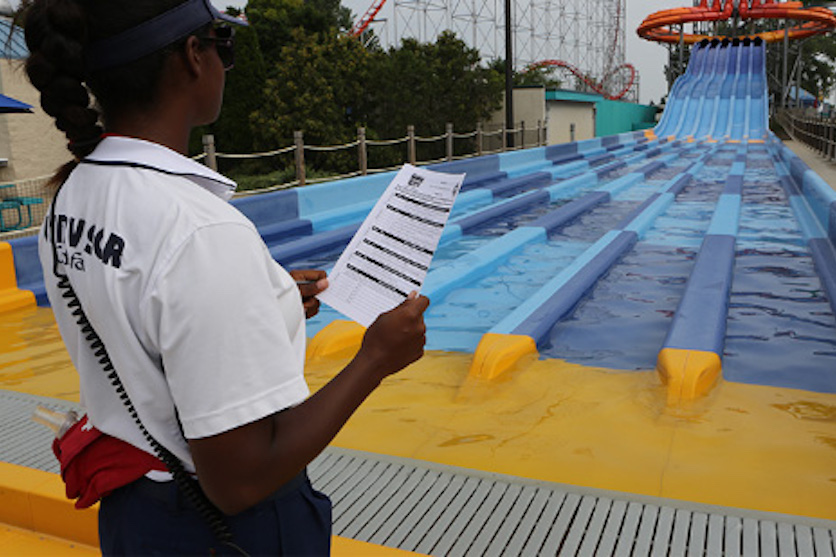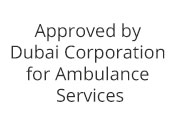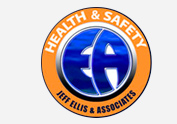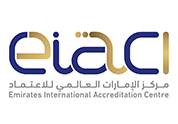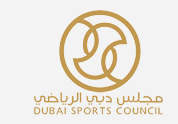CONSULTANCY
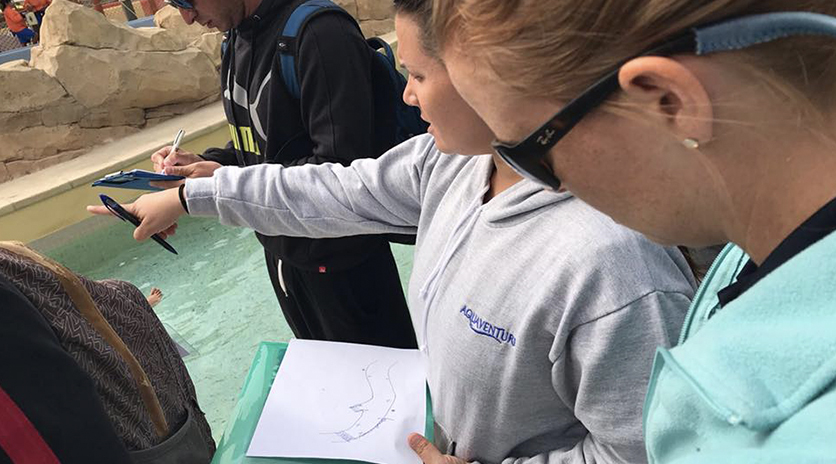
Staffing Planning
Operational staffing, including staff recommendations: Before zone validations and after we can calculate your overall staffing needs, based on rotations, breaks, operating day and year, holidays for staff, etc. Before zone validations we will use the positioning exercise as a basis for this, which will then be refined after zone validations are complete.
Section layout, including section HQ locations, supervisory needs and emergency equipment locations: In this phase of planning we explore the geography of the facility including services, sight lines, terrestrial access, density of positions/staffing, etc to establish how to break the facility into manageable pieces for supervisory staff. This then determines the positioning of emergency equipment to ensure appropriate response times. We also identify central locations for section headquarters where supervisory staff can have a firm grip on their individual areas of responsibility.
Zone validations: Validating zones is a process where we test our initial assumptions about lifeguard placement. If we can prove the zone is manageable as we had assumed, we consider it validated. If not, we use what we have learned to adjust our original positioning and try again. Once one zone is validated, we move to the next one and start again. When we can confirm that all the water that guests will be using can be managed safely, can we move on to the next step. Since conditions change during the operating day and over time, we continue to conduct zone validations and record the results as regular maintenance. Since this is an ongoing process for the lifetime of your facility, we encourage your team to work with us so that they can conduct and record subsequent validations themselves.
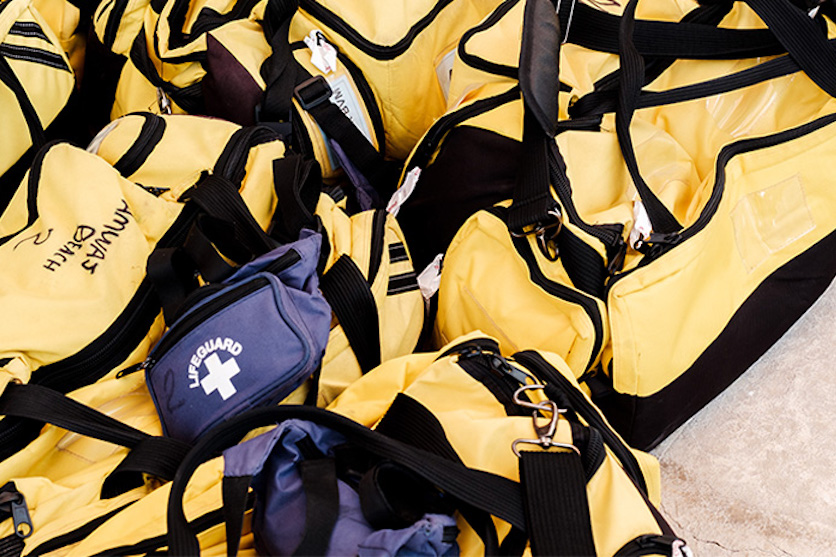
Furniture, Fixtures & Equipment and Operating Supplies & Equipment
Uniform recommendations: What is needed? How many sets? What materials? Colors? Sizing? What kind of inventory to carry? We can help with all of this.
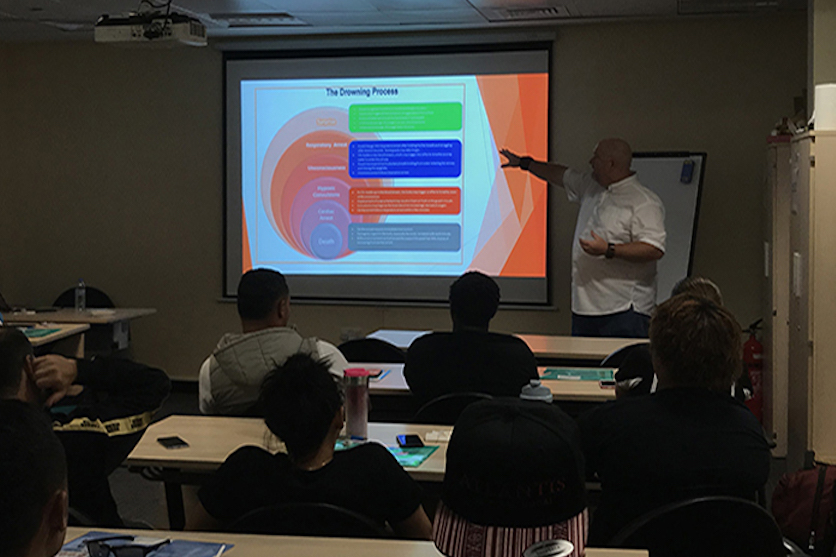
Documentation
Emergency action planning and manual development: An emergency action plan is the result of thinking through what could happen and what you will do if/when it does. If you wait until the crisis is upon you, it’s often too late. We can help develop a plan to address these issues and we can help tailor it to your facility and your team.
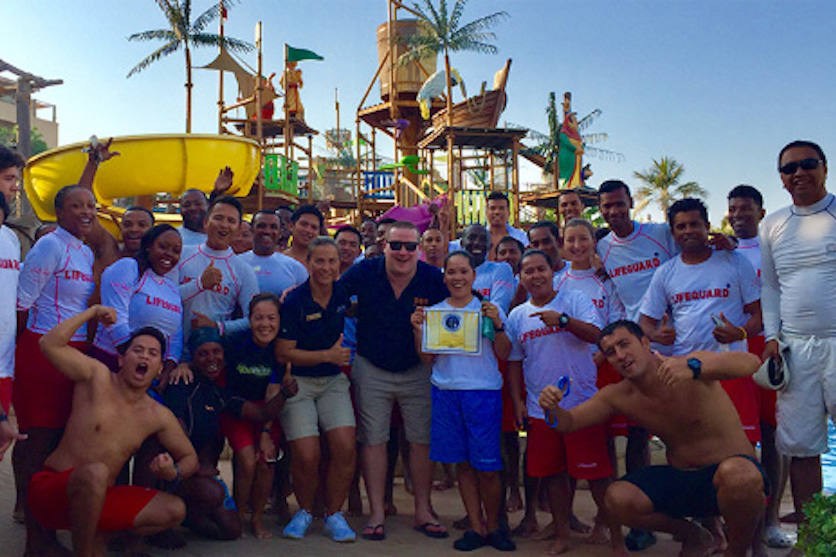
Recruitment Assistance
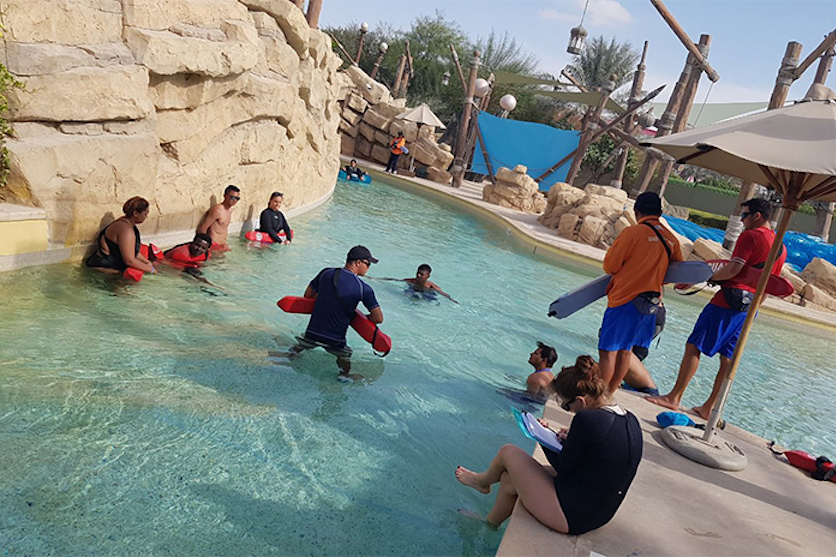
Instructor Training & Development
Instructor development assistance: We know that in-service training is essential to keeping a lifeguard rescue ready, and we translate this to the instructor ranks as well. Instructors often go for long periods of time between teaching, and we aim to keep their skills sharp during the entire validity of their license. In some areas, we are able to conduct quarterly instructor in-services. In others we conduct them as part of audit visits. We help facilitate co-teaches between clients or in public classes. We always encourage attendance at our International Aquatic Safety School, regardless of license validity, to keep up with the latest and greatest and industry best practices. There is one in the US and one in the UAE each January.
Enhanced training recommendations: We offer many programs that facilities can use to help manage aquatic risk effectively and efficiently. Many of these can be conducted by ILTP instructors, but SST can help you to identify who may need which.
- Water Safety Plus is a supplemental responder program that ensures lifeguards have the help they need from non-aquatic staff in proximity to an incident.
- First aid/CPR/AED training for other non-aquatic staff in the facility.
- Waterslide Dispatch Operator training ensures this vital link in the safety chain is well prepared for their daily routine. Candidates learn how the Dispatch Operator role relates to the overall risk management plan at an aquatic facility and the skills that apply to the dispatch cycle such as guest screening, rider loading, safety communication, recognition and monitoring the dispatch area, plus many more general concepts that are applied when loading riders on and off a waterslide.
- Handling Medical Emergencies is a program that helps prepare facility leadership to manage emergencies by utilizing all of their resources to the best of their abilities, ensuring a positive outcome for everyone.
- VanGuard Aquatic Leadership Training. Lifeguard Supervisors learn important topics related to leading lifeguard teams such as; how to manage lifeguard scanning and vigilance, techniques for developing and evaluating Zone of Protection® areas, practice development of Emergency Action Plans unique to their facility, and being preventative in an aquatic facility environment. The course offers users resources and templates for customization at their facilities and comes with creative team-building exercises and activities designed to reinforce learning topics within the program.
Development of fitness regimes: While lifeguards do not need to be Olympic swimmers or professional body builders to be effective, a fit staff instills confidence and presents well. Our in-house fitness coach can develop a program designed to fit your facility and the resources you make available. From a tiered, full gym program to one that utilizes body weight resistance as the main thrust, we can equip your facility and team to keep everyone in shape.
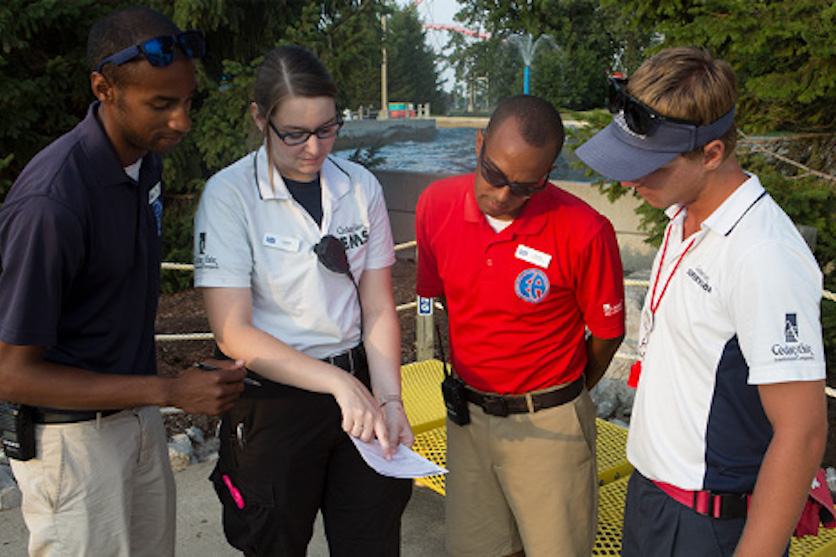
Facility Reviews, Inspections and Assessments
Development of ride safety signage: We can help you decipher manufacturer operation and maintenance manuals and boil them down to what is needed on a safety sign. We also have a strong background in multi-lingual and graphic signage. If you are trying to decide what really needs to be communicated to your guests to keep them safe and keep you covered, we can help.
Due diligence attraction testing: This process is a ride testing sequence that ensures the widest range of weights, body sizes and ride experience passengers ride the rides prior to opening to the public. The number of times a ride is ridden depends on the local and national requirements. We document, in writhing and with video, the riders themselves, their vital statistics and we track them through the process in order to ensure the proper mix. Any remarkable events are noted and form the basis of a discussion with the manufacturer.
Facility inspection: This process is the final step in the pre-opening safety sequence. It serves to ensure all steps have been taken to manage your aquatic risk prior to opening to the public.
Risk Assessments: Broadly speaking, a risk assessment is the combined effort of: identifying and analyzing potential future events that may negatively impact individuals, assets, and/or the environment (i.e. risk analysis); and making judgments “on the tolerability of the risk on the basis of a risk analysis” while considering influencing factors (i.e. risk evaluation). Put in simpler terms, a risk assessment determines possible mishaps, their likelihood and consequences, and the tolerances for such events. We can help you by spending time in your operation and presenting a new perspective on what you and your team see every day.
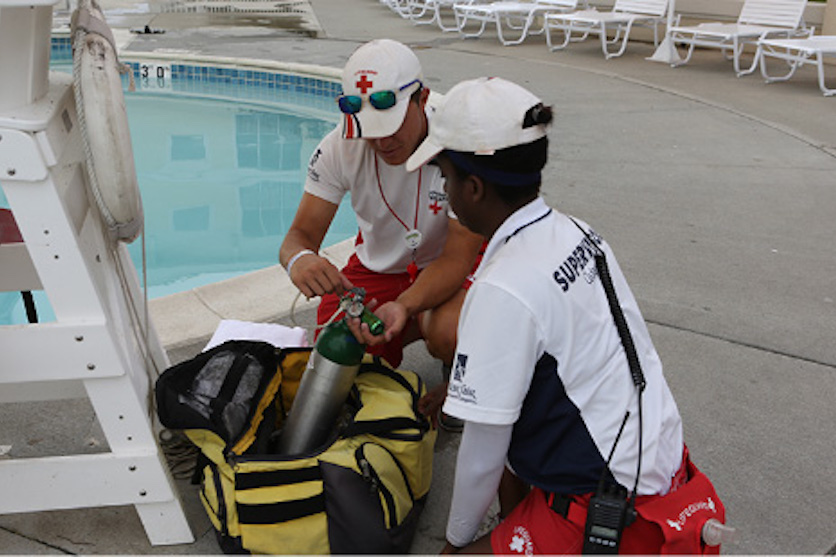
Operational Safety Audits
Aquatic Safety Operational Audits are designed to identify any potential risk exposures that may exist before they become catastrophic. The identified Risks are then evaluated and our staff provides recommendations, consultation, or remediation to reduce or eliminate the said identified exposure, subsequently seeking to validate the reduction or elimination of the exposure. Audits are opportunities to identify and correct behaviors or omissions before they have a negative impact.
